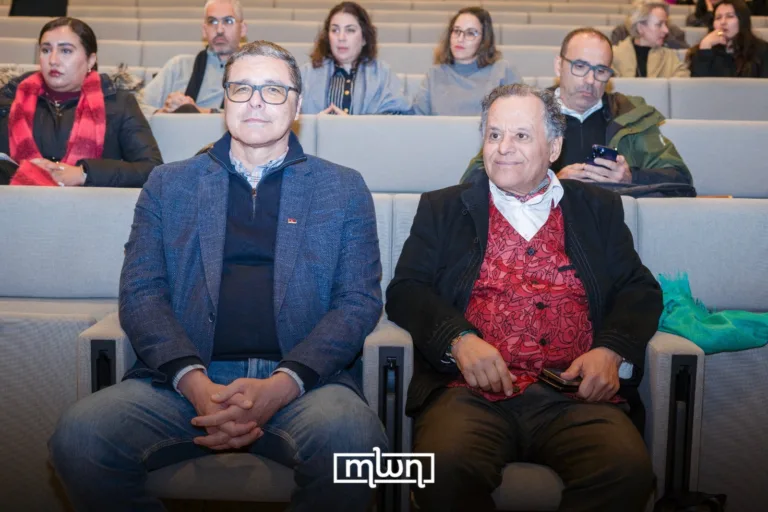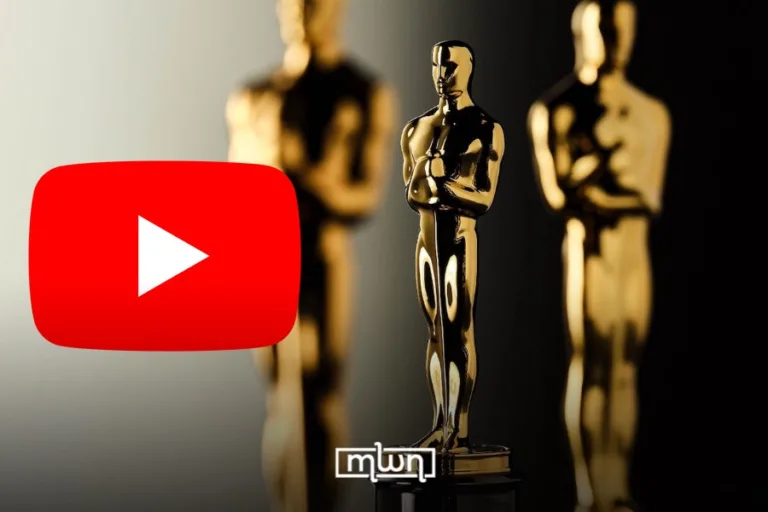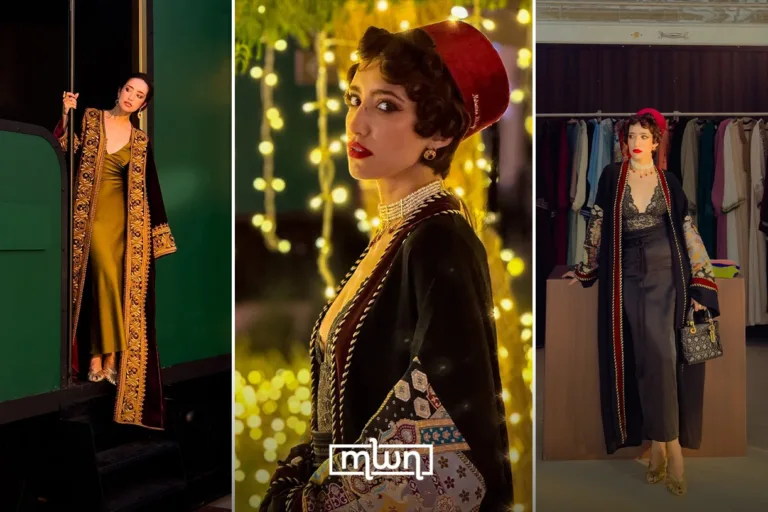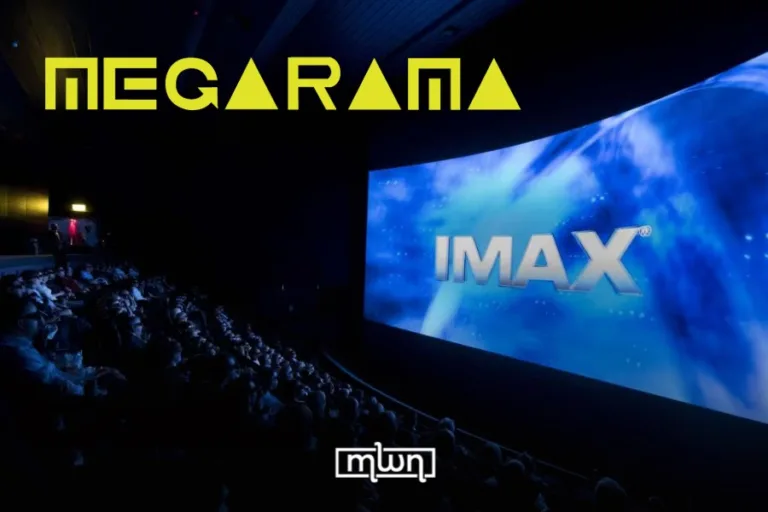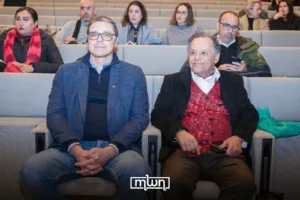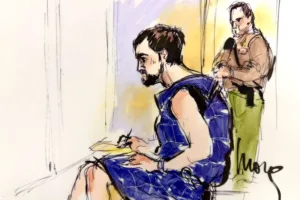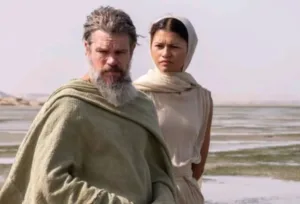Fez – Cairo hosted a large opening night for the Grand Egyptian Museum, with 79 official delegations in attendance. Organizers said 39 of those delegations were led by kings, princes, or heads of state and government. The international turnout highlighted the scale of the project and its cultural importance.
The program featured a light and sound show that filled the sky with pharaonic imagery. Hologram projections brought iconic symbols to life, including a vivid rendering of King Tutankhamun’s sarcophagus and his famous golden mask. The evening closed with a musical performance sung in several world languages that carried a message of opening the door to peace.
Set across nearly half a million square meters, the Grand Egyptian Museum is the largest museum dedicated to a single civilization. More than 100,000 artifacts trace the story of Egypt from the earliest periods of recorded history through the Pharaonic dynasties and on to the Greek and Roman eras. Visitors are meant to follow a continuous narrative that connects daily life, religion, and state power across thousands of years.
The new museum is conceived as a natural extension of the historic Egyptian Museum on Tahrir Square, while rethinking how collections are displayed. Curators are using modern lighting, interactive visuals, and digital media to present objects in context. This approach is designed to help visitors understand how pieces were made and used, and how styles and beliefs changed over time.
Regional and international figures from cultural institutions, organizations, and companies also attended the ceremony. Their presence pointed to the museum’s role as a meeting place for heritage, education, and cooperation. The site aims to welcome both first time visitors and specialists, with displays that combine monumental works with smaller objects and clear explanations.
With its mix of ancient treasures and contemporary presentation, the Grand Egyptian Museum opens as a new cultural landmark for Cairo. The project brings together scale, technology, and scholarship in one space, and offers guests a complete and integrated experience of Egypt’s past. As doors open to the public, the museum invites the world to explore a history that began on the Nile and continues to inspire today.



